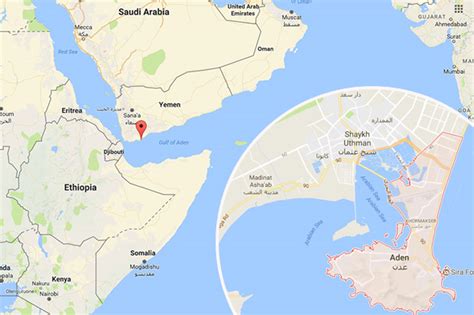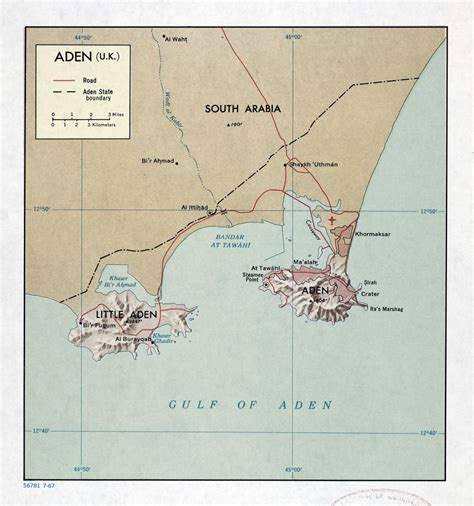Location: Aden 🌎
Location: Aden, Yemen
Administration Region: ‘Adan
Population: 507355
ISO2 Code: ‘Adan
ISO3 Code: YEM
Location Type: First-level Admin Capital
Latitude: 12.8
Longitude: 45.0333
Aden (UK: AY-dən, US: AH-den; Arabic: عدن ʿAdin/ʿAdan Yemeni: [ˈʕæden, ˈʕædæn]) is a city, and since 2015, the temporary capital of Yemen, near the eastern approach to the Red Sea (the Gulf of Aden), some 170 km (110 mi) east of the strait Bab-el-Mandeb. Its population is approximately 800,000 people. Aden’s natural harbour lies in the crater of a dormant volcano, which now forms a peninsula joined to the mainland by a low isthmus. This harbour, Front Bay, was first used by the ancient Kingdom of Awsan between the 7th to 5th centuries BC. The modern harbour is on the other side of the peninsula. Aden gets its name from the Gulf of Aden.
Aden consists of a number of distinct sub-centres: Crater, the original port city; Ma’alla, the modern port; Tawahi, known as “Steamer Point” in the colonial period; and the resorts of Gold Mohur. Khormaksar, on the isthmus that connects Aden proper with the mainland, includes the city’s diplomatic missions, the main offices of Aden University, and Aden International Airport (the former British Royal Air Force station RAF Khormaksar), Yemen’s second biggest airport. On the mainland are the sub-centres of Sheikh Othman, a former oasis area; Al-Mansura, a town planned by the British; and Madinat ash-Sha’b (formerly Madinat al-Itihad), the site designated as the capital of the South Arabian Federation and now home to a large power/desalinization facility and additional faculties of Aden University.
Aden encloses the eastern side of a vast, natural harbour that constitutes the modern port. A long time ago this necessitated the existence of Aden’s reservoirs, the Cisterns of Tawila. As described by 14th century scholar Ibn Battuta, “These reservoirs accumulate rainwater for the sole purpose of drinking for the city’s citizens. The city is prosperous with rich merchants living here and Indian vessels arriving for trade.” The volcanic peninsula of Little Aden forms a near-mirror image, enclosing the harbour and port on the western side. Little Aden became the site of the oil refinery and tanker port. Both were established and operated by British Petroleum until they were turned over to Yemeni government ownership and control in 1978.
Aden was the capital of the People’s Democratic Republic of Yemen until that country’s unification with the Yemen Arab Republic in 1990, and again briefly served as Yemen’s temporary capital during the aftermath of the Houthi takeover in Yemen, as declared by President Abd Rabbuh Mansur Hadi after he fled the Houthi occupation of Sana’a. From March to July 2015, the Battle of Aden raged between Houthis and government forces of President Hadi. Water, food, and medical supplies ran short in the city. On 14 July, the Saudi Army launched an offensive to retake Aden for the Yemeni government. Within three days the Houthis had been removed from the city. Since February 2018, Aden has been seized by the Southern Transitional Council, which is supported by UAE. The Southern Transitional Council was formed by previous Aden Mayor Aidroos Alzubaidi after he was dismissed from his post by Abdrabbuh Mansur Hadi, together with sacked former cabinet minister and Salafi religious leader Hani Bin Buraik.

Top Aden HD Maps, Free Download 🗺️
Map
Maps
United States
United States
World Map
China
China








